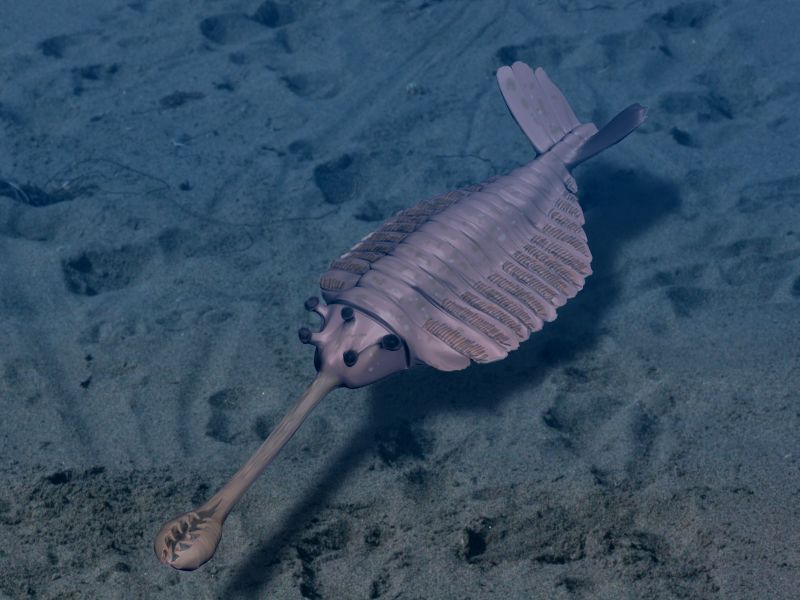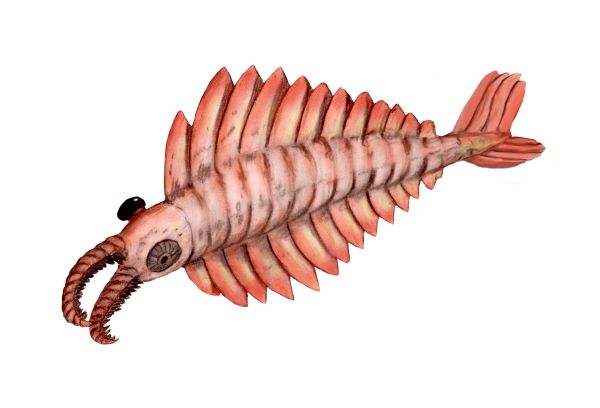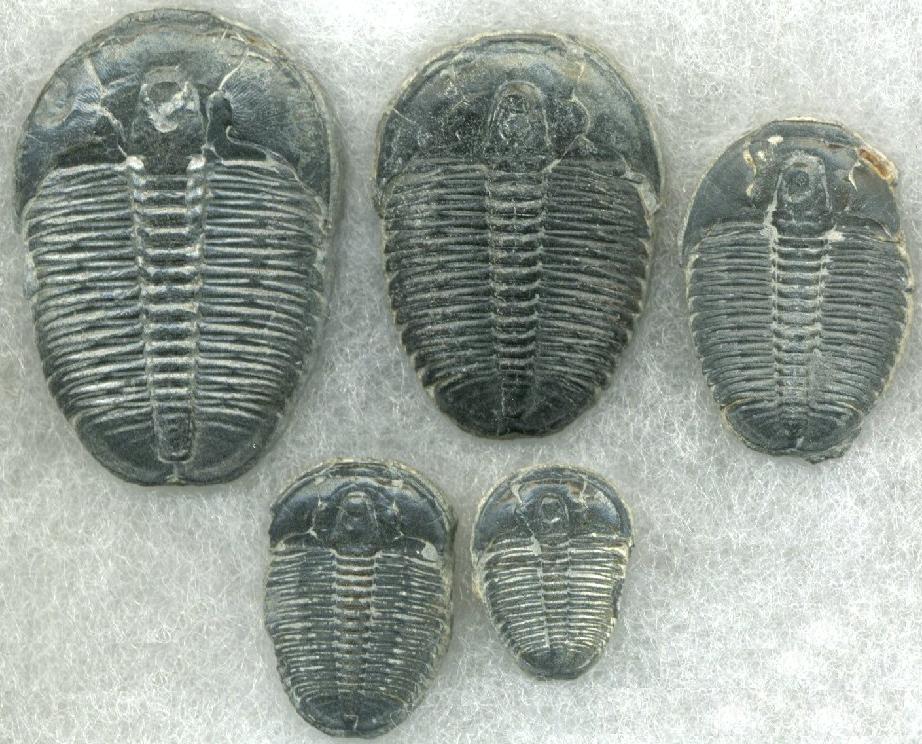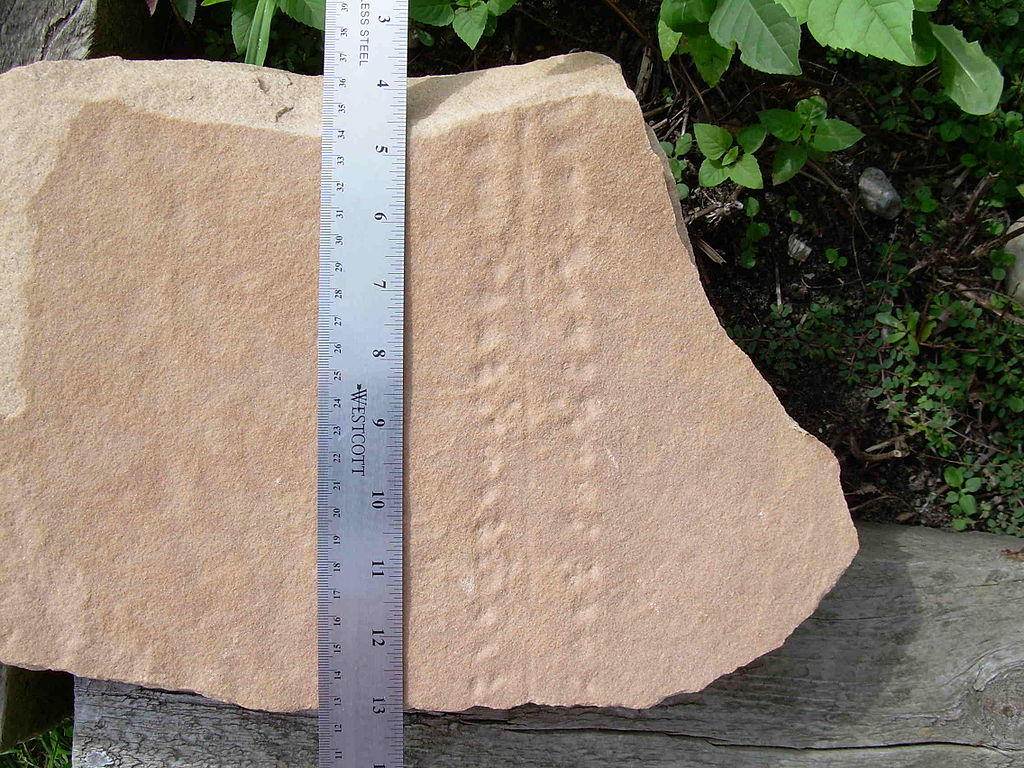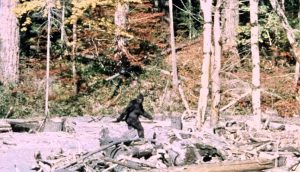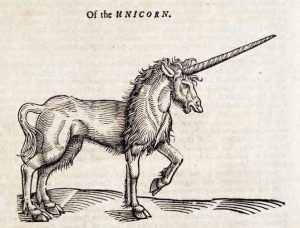The History Of Life: Creatures From The Cambrian
As part of my never-ending and unsuccessful effort to learn about the things I should already know, I’ve decided to look at geological epochs and the animals that lived therein. I’m starting near the beginning of life with the Cambrian era.
The term ‘Cambrian’ is probably familiar to most and here I plan to fill in some of the blanks. The Cambrian started around 541 million years ago and ended 485 million years ago with a mass extinction event taking us into the Ordovician. During the Cambrian almost all of the phyla we see today first arrived on the scene.
Adam Sedgwick first coined the term ‘Cambrian’, the Latin word for ‘Wales’, after finding some particularly rich Cambrian era fossils in Wales. Thanks to some fairly miraculous Cambrian fossil deposits we know more about the life in this period than we do for other, later periods. In general, fossilisation doesn’t capture the soft parts of animals, and at a time when much of life was soft and small it would have been no surprise if we found no trace of it whatsoever.
“Anomalocaris BW” by Nobu Tamura – Own work. Licensed under CC BY 3.0 via Wikimedia Commons.
Luckily for us, a wealth of so-called Lagerstätte deposits have been found from the era. A Lagerstätte is a seam of deposit which has managed to capture a snapshot of life in extreme detail. It’s assumed that for some reason the animals trapped in these areas were totally shut off from oxygen and bacteria meaning that decomposition was bypassed in favour of the much slower process of fossilisation.
It is presumed that the Cambrian earth was a relatively cold one. Gondwana land covered the South Pole, cutting off Polar ocean currents. Earth was still recovering from its earlier “snowball earth” situation. Towards the end of the Cambrian, temperatures rose, as did sea levels, a trend which would continue into the Ordovician.
“Trilobitegrowth” by John Alan Elson – http://www.3dham.com/3dtribcol/. Licensed under GFDL via Wikimedia Commons.
During the Cambrian the seas were still the only place to find much live action. There were microbial mats which extended onto shore and some lichens on the rocky landscape, but that was it. No proper land-plants, flowers or trees etc. It was only in the ocean that things zipped around. For a long while it was considered that the trilobite (above) was the most populous animal in Cambrian seas. It now seems that this is incorrect. They are the most common fossil from the era to be found, but that’s thanks to their comparatively robust exoskeleton rather than their greater numbers.
Much of what we know about the other lifeforms that hung out in the Cambrian is from the burrows they made rather than from the remains they left. During the Cambrian era there was an explosion in burrowing techniques. Prior to this era there were microbial mats that covered the ocean floor, but during the Cambrian, burrowing creatures completely changed the entire ecosystem of the sea through their hole-digging prowess.
This change in the ecosystem killed off creatures that had previously relied on the bacterial ocean floor mats. Their demise left open niches to be colonised by newly evolved life forms. This proliferation of new species is now referred to as the Cambrian Explosion. However, towards the end of the Cambrian we see the opposite of an explosion, an implosion I guess, with species numbers dropping sharply. Around 500 million years ago, oxygen levels in the ocean nose-dived and levels of hydrogen-sulphide rocketed. This caused another extinction event.
Towards the end of the Cambrian, some life seems to have ventured cautiously onto the land around the rim of the ocean, this action is considered to be the first footsteps ever taken on land. Fossils called Protichnites from the Cambrian era are the earliest evidence of life braving it on terra firma. Here’s an example of a Protichnite from Blackberry Hill, Wisconsin:
It’s such a boring fossil to look at until you consider its deep implications for all of us. The brave little thing that made these indentations left an indelible mark on the tree of life. The Cambrian didn’t have the largest diversity of life of all the epochs, but it had some of its earliest and most succesful forms. Species numbers exploded and contracted, paving the way for the rest of the timeline of life.

